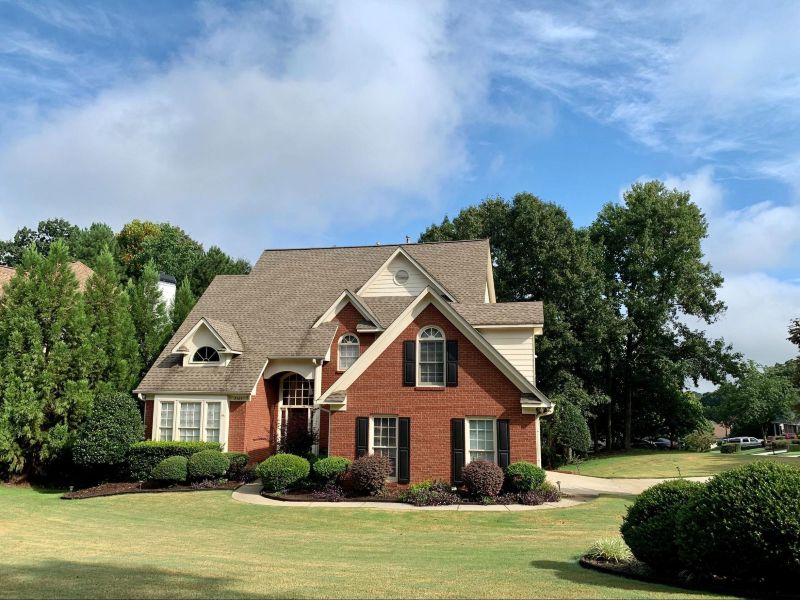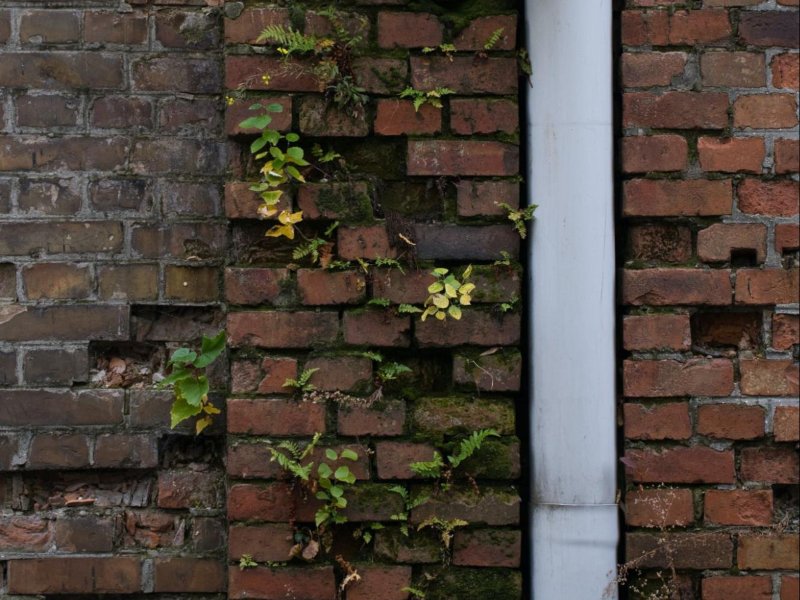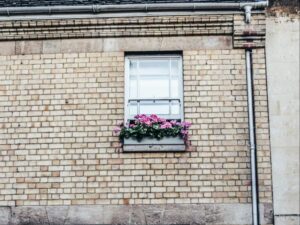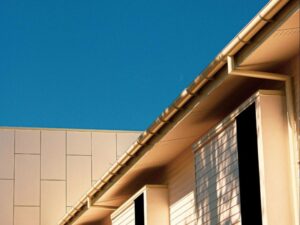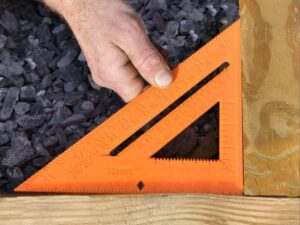When it comes to interior construction and finishing, drywall is a ubiquitous material known for its versatility and ease of installation. However, despite its widespread use, drywall can be susceptible to damage over time, particularly in high-traffic areas or spaces prone to impact. Drywall reinforcement is a crucial step in ensuring the longevity and durability of walls. In this comprehensive guide, we will explore the importance of drywall reinforcement, common causes of damage, and various techniques to strengthen walls, ultimately creating a resilient interior that stands the test of time.
Understanding Drywall and Its Vulnerabilities
Drywall, also known as gypsum board or wallboard, is a popular material used for constructing interior walls and ceilings. It consists of a core of gypsum plaster pressed between layers of paper. While drywall offers several advantages, including ease of installation, affordability, and a smooth finish, it is not impervious to damage. According to HomeImprovements10.com, some common issues that drywall faces include:
a. Impact Damage
High-traffic areas or spaces where furniture is frequently moved can experience impact damage. This may result in dents, holes, or cracks in the drywall, compromising its structural integrity.
b. Moisture Damage
Exposure to moisture, whether from leaks, floods, or high humidity, can lead to the deterioration of drywall. Moisture weakens the gypsum core, causing the material to swell, warp, or develop mold.
c. Settling and Shifting
Over time, buildings may settle or experience subtle shifts due to various factors such as changes in soil conditions. These movements can result in cracks or seams in drywall, especially in corners or along joints.
d. Vibrations and Structural Movements
Buildings may be subjected to vibrations from nearby construction, traffic, or other sources. These vibrations, along with structural movements, can contribute to cracks and damage in drywall.
The Importance of Drywall Reinforcement
Drywall reinforcement is a proactive approach to address the vulnerabilities of this commonly used interior material. By strengthening walls and taking preventive measures, property owners can avoid costly repairs and ensure the long-term stability of their structures. Here are key reasons why drywall reinforcement is essential:
a. Enhanced Impact Resistance
Reinforcing drywall increases its resistance to impacts, making it less prone to dents, holes, or other forms of damage caused by accidental collisions or the movement of furniture.
b. Prevention of Cracks and Splits
Applying reinforcement techniques helps prevent the formation of cracks and splits in drywall, particularly in areas where settling, shifting, or vibrations are common. This ensures a smoother and more durable surface.
c. Improved Load-Bearing Capacity
In some cases, additional load-bearing capacity may be required for specific areas. Drywall reinforcement can involve adding support structures or materials to ensure the wall can withstand additional weight or stress.
d. Moisture Resistance
Reinforcement methods can also enhance the moisture resistance of drywall. This is particularly important in areas prone to water exposure, such as basements or bathrooms, where moisture damage can compromise the integrity of the material.
e. Long-Term Cost Savings
While the upfront cost of drywall reinforcement may seem like an investment, it pales in comparison to the potential expenses associated with repairing or replacing damaged drywall. By reinforcing walls, property owners can enjoy long-term cost savings and a more resilient interior.
Common Techniques for Drywall Reinforcement
There are various techniques and materials available for reinforcing drywall, each tailored to address specific concerns. The choice of method depends on the type and extent of damage, as well as the desired level of reinforcement. Here are some common techniques for drywall reinforcement:
a. Fiberglass Mesh Tape
Fiberglass mesh tape is a widely used material for reinforcing drywall joints. It is applied over seams and joints during the taping and mudding process. The mesh provides additional strength to these vulnerable areas, reducing the likelihood of cracks or tape failure.
b. Joint Compound or Setting Type Compound
Using a high-quality joint compound or setting-type compound can contribute to the overall strength of the drywall. These compounds, when applied properly, provide a durable and resilient surface that is less prone to cracking or damage.
c. Backer Boards for Anchors and Fixtures
When installing anchors, fixtures, or heavy objects on drywall, it’s essential to use backer boards. Backer boards, made of plywood or other sturdy materials, provide a stable surface behind the drywall to anchor screws or bolts securely. This helps distribute the weight and prevents damage to the wall.
d. Drywall Screws and Anchors
Using the right type and size of screws or anchors is crucial for reinforcing drywall. Screws with larger threads or anchors designed for heavy-duty applications can provide added stability and prevent the pulling away of drywall from studs.
e. Additional Studs or Blocking
In areas where the drywall is subjected to significant stress, adding additional studs or blocking between existing studs can enhance the wall’s load-bearing capacity. This is especially important for walls that will support heavy items like shelves or cabinets.
f. Furring Strips
Furring strips are narrow strips of wood or metal that are attached to the existing wall studs. These strips create an additional layer to which drywall can be attached, providing increased strength and stability.
g. Texturing and Skim Coating
Applying texture or skim coating to the drywall surface not only enhances its visual appeal but also adds a layer of protection. The texturing process involves applying joint compounds or other materials to create patterns or textures, while skim coating involves applying a thin layer of joint compound to create a smooth finish.
h. Wet Area Reinforcement
In areas prone to moisture, such as bathrooms or kitchens, it’s crucial to reinforce drywall to resist the effects of water. This may involve using moisture-resistant drywall, applying waterproofing membranes, or installing moisture barriers behind the drywall.
Professional Drywall Reinforcement Services
While some drywall reinforcement techniques can be tackled as do-it-yourself projects, certain situations may warrant the expertise of professionals. Professional drywall reinforcement services bring a level of skill, experience, and efficiency that ensures the job is done right. Here are reasons to consider hiring professionals for drywall reinforcement:
a. Assessment of Structural Issues
Professionals can conduct a thorough assessment of the structural integrity of the walls and identify any underlying issues that may contribute to drywall damage. This ensures that the reinforcement efforts address the root cause of the problem.
b. Specialized Techniques
Professional drywall contractors have access to specialized tools and techniques that may not be readily available to homeowners. This includes advanced fastening methods, precision cutting tools, and the expertise to handle various drywall materials.
c. Efficiency and Speed
While DIY projects can take considerable time, professionals can complete drywall reinforcement efficiently, minimizing disruptions to the occupants of the space. This is especially important in commercial settings where downtime can impact productivity.
d. Code Compliance
Professionals are well-versed in building codes and regulations. When reinforcing drywall in commercial or residential structures, it’s crucial to ensure compliance with local building codes. Professionals can navigate these regulations to ensure that the reinforcement meets the required standards.
e. Quality Materials
Professional drywall contractors have access to high-quality materials and products. This ensures that the reinforcement efforts are built to last, providing durable and long-lasting results.
f. Custom Solutions
Every drywall reinforcement project is unique, and professionals can tailor their approach to the specific needs of the space. They can recommend and implement custom solutions based on the type of drywall, the extent of damage, and the desired level of reinforcement.
Maintaining Reinforced Drywall Over Time
After drywall reinforcement efforts have been implemented, it’s essential to follow proper maintenance practices to ensure the longevity of the reinforced walls. Here are some maintenance tips:
a. Regular Inspections
Conduct regular visual inspections of the reinforced drywall. Look for any signs of new cracks, shifting, or damage. Early detection allows for prompt repairs before issues escalate.
b. Addressing Moisture Issues
If moisture is a concern, promptly address any leaks, water damage, or humidity issues. Moisture can compromise the effectiveness of drywall reinforcement and lead to additional problems.
c. Avoiding Impact Damage
Encourage careful handling of furniture and other objects to prevent impact damage. In high-traffic areas, consider adding protective measures such as chair rails or corner guards to minimize the risk of dents or dings.
d. Prompt Repairs
If any damage is identified during inspections, address it promptly. Small cracks or holes can be repaired using appropriate patching materials to prevent further deterioration.
e. Professional Maintenance Services
Periodically enlist the services of professionals for maintenance checks. They can assess the condition of reinforced drywall, identify any emerging issues, and recommend preventive measures.
Conclusion
Drywall reinforcement is a proactive and essential step in maintaining the structural integrity and longevity of interior walls. Whether in a residential setting or a commercial space, reinforcing drywall helps address common vulnerabilities such as impact damage, settling, and moisture issues. By understanding the various techniques available, recognizing the importance of professional services, and implementing proper maintenance practices, property owners can create durable and resilient interiors that withstand the test of time. Investing in drywall reinforcement not only protects the aesthetic appeal of the space but also contributes to the overall stability and health of the structure.



